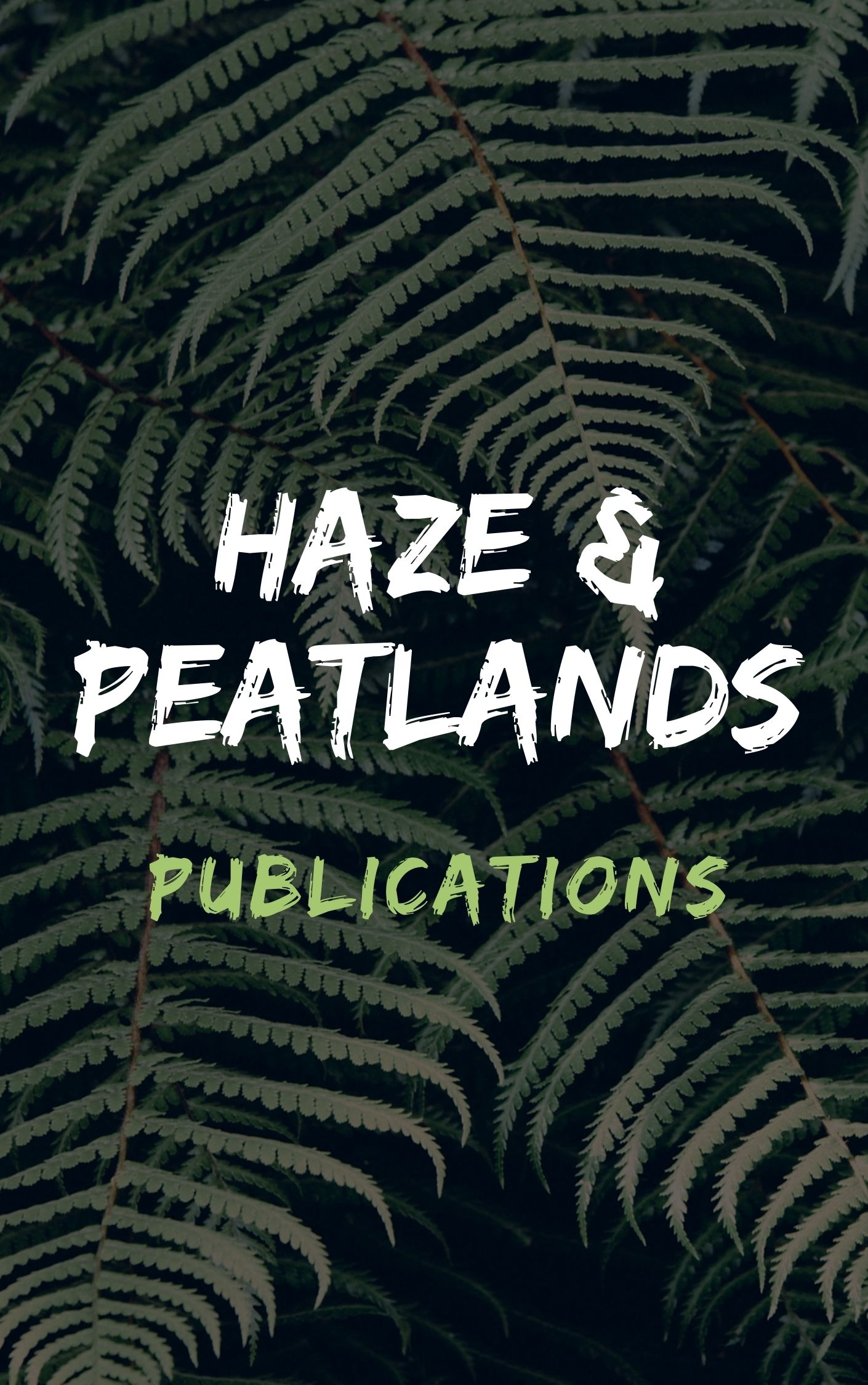Decades of logging and slash-and-burn agriculture have turned vast tracts of land in tropical South-east Asia into unproductive fire-climax grasslands whose hydrological functioning is poorly known. To help fill this knowledge gap, a 3.2 ha landslide-affected Imperata grassland micro-catchment with perennial flow on Leyte Island (Philippines) was instrumented and monitored for a year. The area was hit by typhoon Haiyan on 8 November 2013, one of the largest events on record. Landslide surfaces covered 3.4% of the catchment prior to typhoon Haiyan and contributed to 'direct runoff' (Q(q)). This basic 'contributing area' increased to 7.7% by activation of old landslides and formation of new ones during typhoon Haiyan. Median storm runoff coefficients (Q(q)/P) based on straight-line hydrograph separation were 9% and 23% before (48 events) and after the typhoon (43 events), respectively, but the ratios of period-total Q(q) and P were much larger (24% and 47%, respectively). Both storm runoff volumes and peak discharge increased rapidly once a mid-slope water storage threshold for the upper 60 cm of soil of 250 mm was exceeded. Storm runoff contributions above those generated on landslides were most likely in the form of overland flow given the prevailing very low soil hydraulic conductivities. Post-typhoon water use of the heavily disturbed vegetation was reduced initially by nearly 70%, recovering to nearly 80% of the pre-typhoon value after similar to 3 months. The high annual sediment yield (similar to 27 t ha(-1)) was heavily dominated by post-Haiyan sediment transport (94%); bedload contributed similar to 8% of the total sediment yield.
View source

